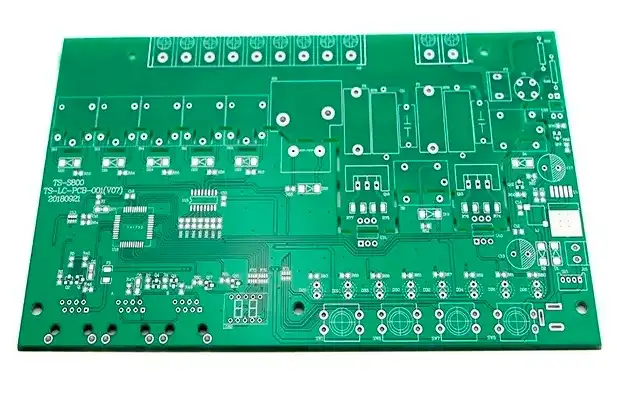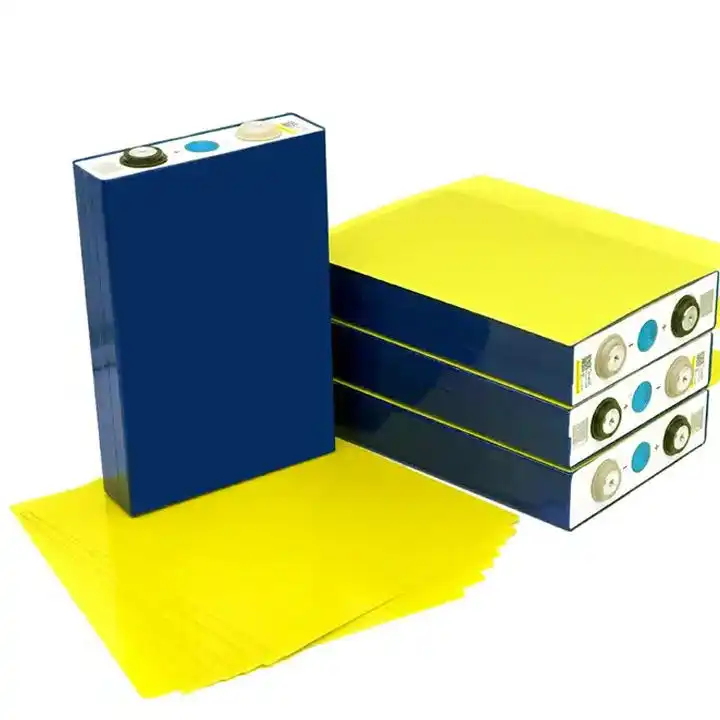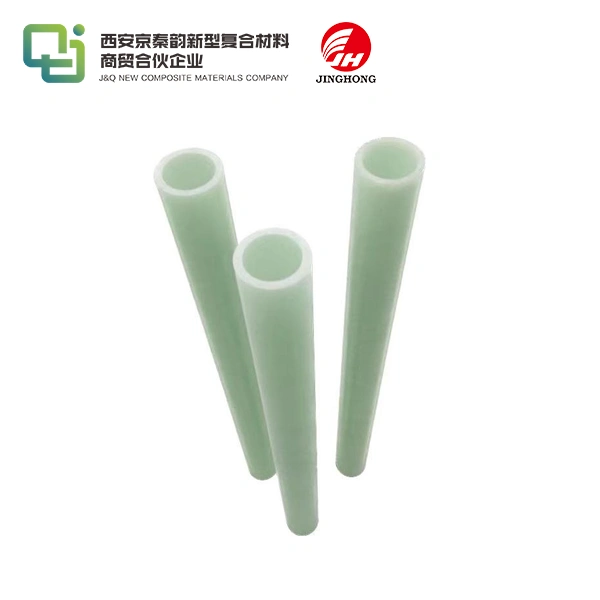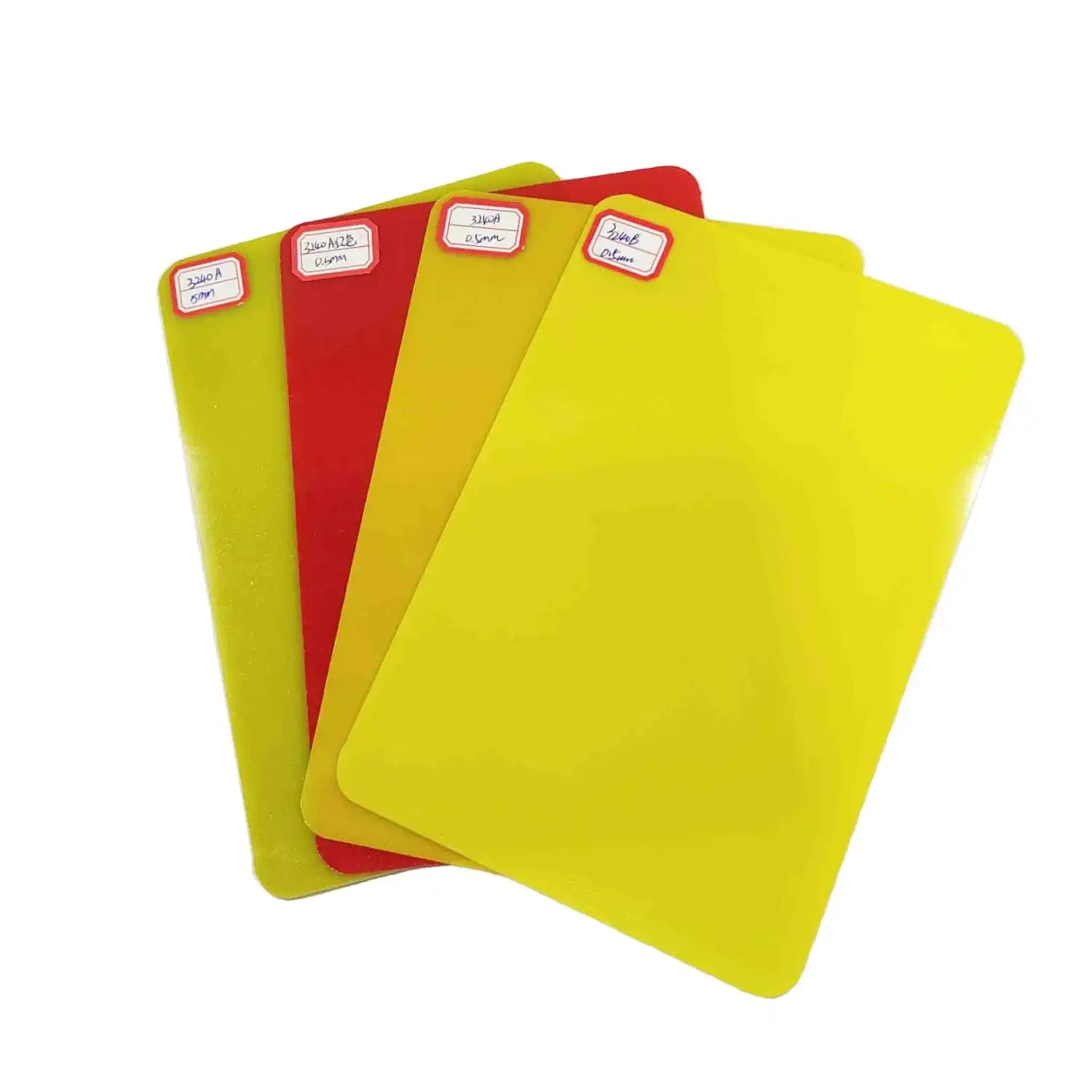What are printed circuit boards made of?
2024-12-06 16:45:54
Printed Circuit Boards (PCBs) are the unsung heroes of modern electronics, serving as the foundation for countless devices we use daily. These versatile components play a crucial role in connecting and supporting electronic elements, enabling the functionality of everything from smartphones to advanced industrial machinery. In this comprehensive guide, we'll explore the multifaceted purposes of PCB boards and their significance in today's technology-driven world.
The Fundamental Role of PCB Boards in Electronics
Providing a Stable Platform for Components
PCBs provide a sturdy foundation for electronic components, creating a reliable and well-organized layout that keeps delicate parts securely in place. This stability is crucial for preventing damage from vibrations, shocks, or physical stress that can occur in various environments. The rigidity of PCBs, often reinforced with materials like fiberglass, enhances the overall durability and longevity of electronic devices, ensuring they function reliably over time in applications ranging from consumer electronics to industrial machinery.
Facilitating Electrical Connections
One of the key functions of PCB boards is to establish secure and reliable electrical connections between components. The detailed network of copper traces, carefully etched onto the surface of the board, serves as pathways for electrical signals, ensuring smooth and efficient communication between different parts of the circuit. This interconnectivity is vital for the proper operation of complex electronic systems, enabling everything from simple devices to advanced technology to function seamlessly and reliably.
Enhancing Heat Dissipation
PCB boards are essential for effective thermal management in electronic devices. The copper layers, along with heat sinks and thermal vias incorporated into the design, help efficiently dissipate heat generated by components during operation. By preventing excessive heat buildup, these features ensure that the device operates at optimal temperatures, which is critical for maintaining performance and preventing overheating. This is especially important in high-power applications, where reliable heat management extends the lifespan of components and improves overall device longevity.
Advanced Applications of PCB Boards
Enabling Miniaturization in Electronics
The advancement of PCB technology has played a key role in the miniaturization of electronic devices. Multi-layer PCBs allow for increased component density by stacking layers of circuitry, which enables manufacturers to design smaller, more compact products without sacrificing performance. This breakthrough has been crucial in the creation of sleek smartphones, ultra-thin laptops, and wearable technology, all of which require high functionality in increasingly limited space, meeting consumer demand for portable and efficient devices.
Supporting High-Frequency Applications
PCB boards are essential in high-frequency applications like telecommunications and radar systems, where maintaining signal integrity is critical. Specialized materials, such as low-loss laminates, and advanced design techniques, including impedance-controlled traces, ensure minimal signal distortion. These measures are vital for preventing performance issues, as even small distortions can significantly impact the reliability and accuracy of high-frequency signals. This makes PCBs indispensable in applications requiring precise and stable signal transmission.
Facilitating Modular Design
PCB boards facilitate modular design in electronic systems by breaking down complex circuits into smaller, more manageable modules. This approach offers flexibility, making it easier for engineers to design, test, and maintain devices. Modularity also simplifies troubleshooting, as individual modules can be isolated and addressed separately. Additionally, it allows for easy upgrades and modifications, helping to reduce manufacturing costs, especially in large-scale production, by enabling efficient production and assembly processes.

The Future of PCB Boards in Emerging Technologies
Advancing Internet of Things (IoT) Devices
PCB boards play a central part in the IoT transformation, empowering a wide extend of keen gadgets and sensors. As IoT innovation progresses, PCBs are being planned for lower control utilization, more prominent proficiency, and improved remote network. These enhancements are fundamental for creating long-lasting, independent gadgets that can work freely for expanded periods. By optimizing PCBs for these highlights, producers are making IoT gadgets that consistently coordinated into regular life, advertising comfort and shrewd usefulness over different businesses.
Enabling Flexible Electronics
The development of flexible PCB boards is opening up new possibilities in wearable technology and unconventional electronic applications. These pliable circuits can conform to curved surfaces or be integrated into fabrics, enabling innovations in medical monitoring devices, smart clothing, and flexible displays. The versatility of flexible PCBs is pushing the boundaries of where and how electronics can be incorporated into various products.
Supporting Artificial Intelligence and Machine Learning
As AI and machine learning technologies become more prevalent, PCB boards are evolving to meet the demands of these computationally intensive applications. High-performance PCBs with advanced materials and designs are being developed to support the powerful processors and memory systems required for AI algorithms. These specialized PCBs are crucial in enabling edge computing devices that can process complex AI tasks locally, reducing latency and enhancing privacy.
Conclusion
PCB boards are the foundation of present day hardware, serving a huge number of purposes that expand distant past basic component association. From giving a steady stage for perplexing circuits to empowering the miniaturization of gadgets and supporting cutting-edge innovations, PCBs proceed to advance and adjust to the ever-changing scene of electronic advancement. As we see to the future, the part of PCB boards in forming our innovative world remains more vital than ever.
Contact Us
For more information about our high-quality insulating sheets (UL94V0 FR4 Epoxy Sheet,G10 sheet,G11sheet)and PCB materials, please don't hesitate to reach out to us at info@jhd-material.com. Our team of experts is ready to assist you in finding the perfect solutions for your electronic manufacturing needs.
References
1. Johnson, R. (2022). The Evolution of Printed Circuit Boards in Modern Electronics. Journal of Electronic Engineering, 45(3), 112-128.
2. Smith, A., & Brown, B. (2021). PCB Design Techniques for High-Frequency Applications. IEEE Transactions on Microwave Theory and Techniques, 69(7), 3456-3470.
3. Lee, C. (2023). Flexible PCBs: Revolutionizing Wearable Technology. Advanced Materials Research, 18(2), 205-220.
4. Garcia, M., et al. (2022). Thermal Management Strategies in PCB Design for High-Power Electronics. International Journal of Thermal Sciences, 172, 107324.
5. Wilson, D. (2023). The Role of PCBs in IoT Device Miniaturization. Internet of Things Journal, 10(4), 6789-6805.
6. Chen, Y., & Wang, L. (2021). PCB Materials and Designs for AI-Enabled Edge Computing Devices. IEEE Access, 9, 54321-54335.




_1747991245292.webp)


